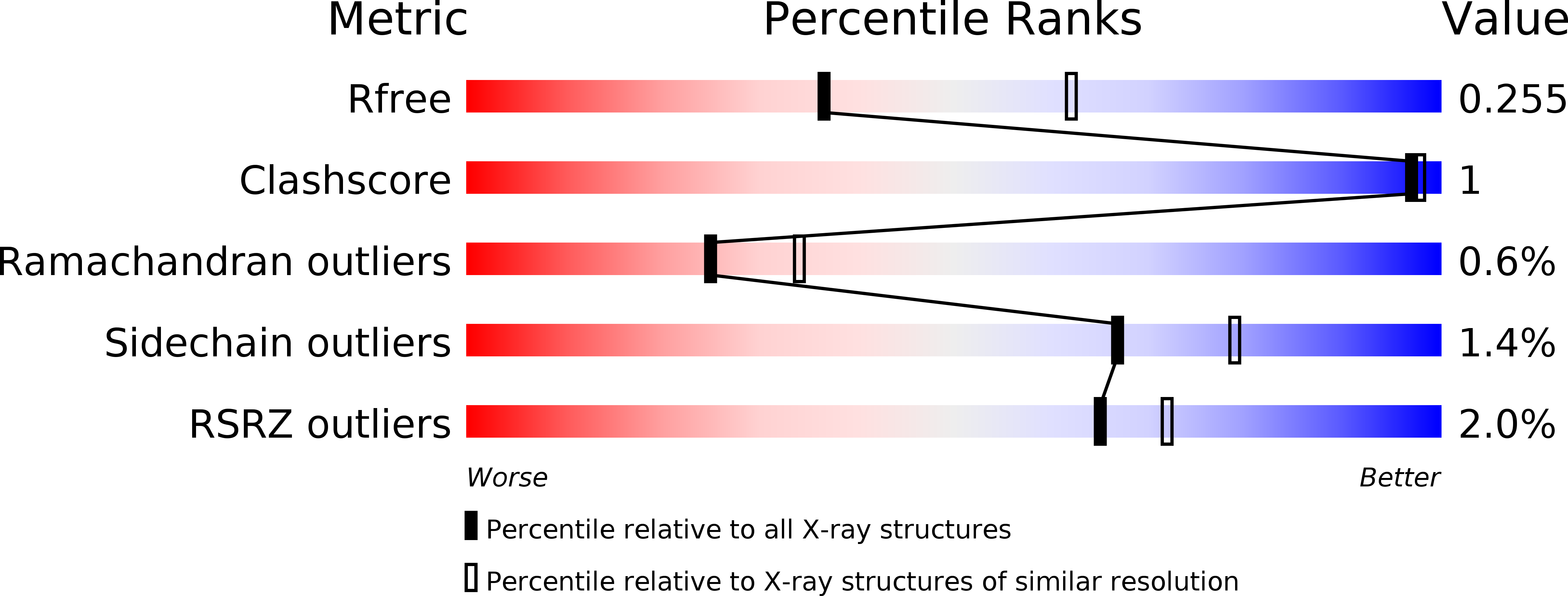
Deposition Date
2016-07-28
Release Date
2016-11-30
Last Version Date
2024-05-01
Entry Detail
PDB ID:
5LM1
Keywords:
Title:
Crystal Structure of HD-PTP phosphatase in complex with UBAP1
Biological Source:
Source Organism:
Homo sapiens (Taxon ID: 9606)
Host Organism:
Method Details:
Experimental Method:
Resolution:
2.55 Å
R-Value Free:
0.25
R-Value Work:
0.21
R-Value Observed:
0.21
Space Group:
P 21 21 21


